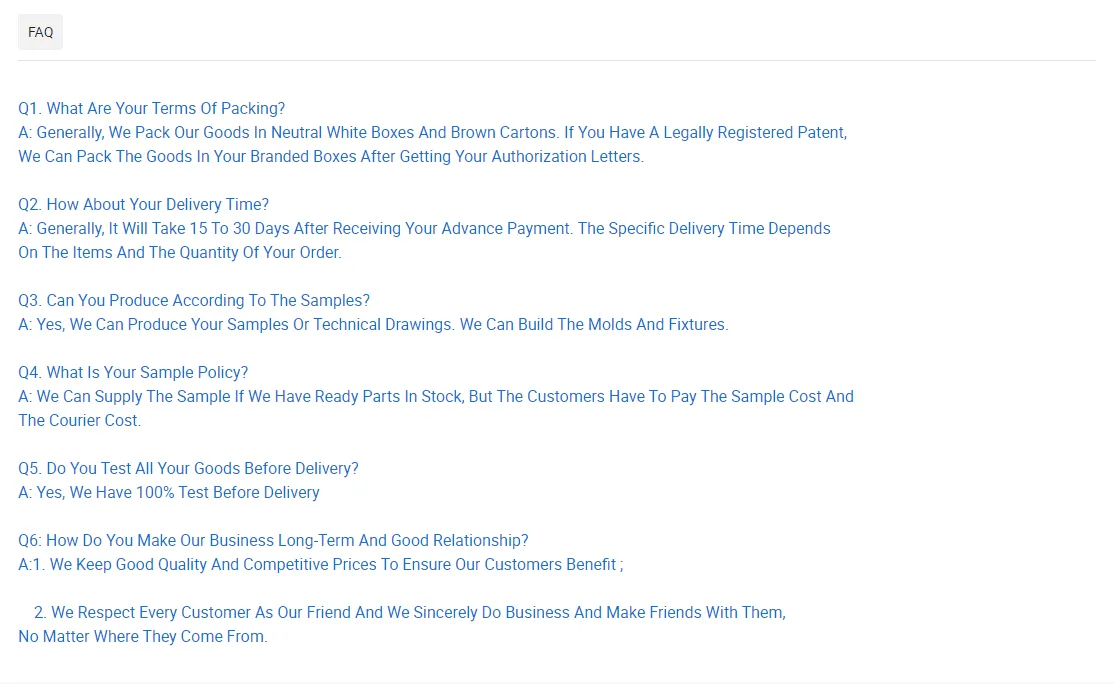Understanding Expanded Metal Mesh Thickness
Expanded metal mesh is a versatile material widely utilized across various industries, thanks to its unique properties and durability. One of the critical factors to consider when working with expanded metal mesh is its thickness, which significantly influences its performance, aesthetic appeal, and suitability for specific applications.
Expanded metal mesh is created by simultaneously cutting and stretching a flat sheet of metal, resulting in a pattern of diamond-shaped openings. The thickness of the base metal used in this manufacturing process plays a crucial role in determining the mesh's overall strength and load-bearing capacity. Typically, expanded metal mesh comes in various thicknesses, ranging from light to heavy-duty options.
Significance of Thickness
The thickness of expanded metal mesh affects its rigidity and durability. Thicker expanded metal is more robust and can withstand greater stress, making it suitable for heavier applications. For example, in construction projects where safety and structural integrity are paramount, opting for thicker mesh can prevent failure under load. Conversely, lighter mesh options are ideal for applications where aesthetics or minimal weight are prioritized, such as decorative elements in interior design or ventilation grilles.
Another factor influenced by thickness is the mesh's opening size. Generally, thicker materials can accommodate larger openings while maintaining stability. This allows for the customization of expanded metal to suit specific needs, whether for architectural purposes, safety barriers, or security screens.
expanded metal mesh thickness

Industries and Applications
Expanded metal mesh with varying thicknesses finds applications across numerous industries. In the construction sector, it is often used for reinforcing concrete, creating walkways, and as fencing materials. The thickness choice in such cases is critical, as it directly impacts the anticipated wear and tear.
In the automotive industry, expanded metal is commonly used in manufacturing grilles, screens, and other components that require a balance between strength and weight. Thinner options may be preferred here to reduce overall vehicle weight while still ensuring adequate protection and functionality.
The architectural sector also benefits from expanded metal mesh, where it can serve as an eye-catching design element. The thickness can influence the final visual appearance; for instance, thicker mesh can create a more robust appearance while allowing for intricate design patterns.
Conclusion
When selecting expanded metal mesh, considering the thickness is vital for optimizing the material's performance and suitability for specific applications. Whether for construction, automotive, or design purposes, understanding the implications of thickness can lead to better decision-making and improved end results. By assessing the unique needs of each project and the corresponding characteristics of the expanded metal mesh, users can harness the full potential of this adaptable material, ensuring safety, functionality, and aesthetic appeal. As technology advances, new methods of producing expanded metal mesh will likely emerge, but the importance of thickness will remain a foundational principle in its application and usage.
-
The Strength and Versatility of Aluminum Expanded Metal Mesh
NewsJun.10,2025
-
Safety Guards and Machine Enclosures Using Expanded Mesh
NewsJun.10,2025
-
Performance with Round Hole Perforated Mesh in Wall Panels
NewsJun.10,2025
-
How Steel Grating Trench Covers Distribute Weight Efficiently
NewsJun.10,2025
-
How Deck Mesh Railing Enhances Backyard Aesthetics
NewsJun.10,2025
-
Comparing Bar Thickness and Spacing in Steel Grating
NewsJun.10,2025
Subscribe now!
Stay up to date with the latest on Fry Steeland industry news.

